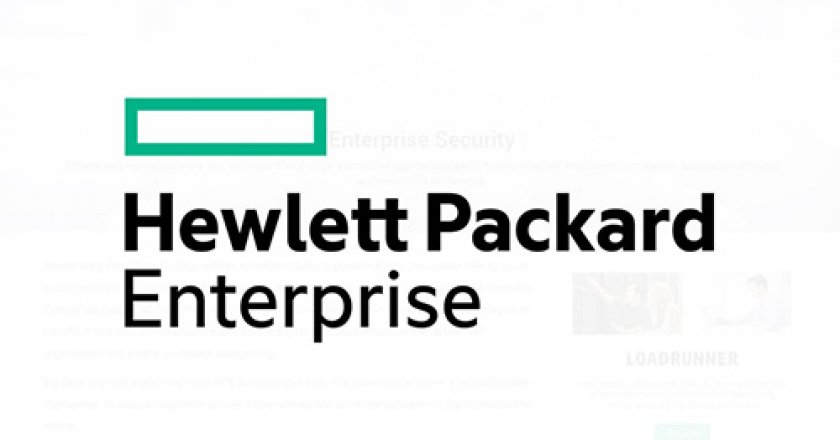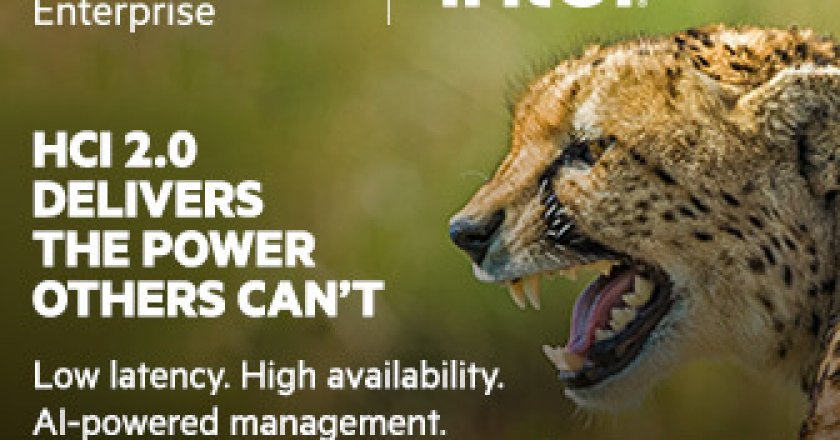Mastering Mega-VMS with HCI 2.0.


Mastering Mega-VMS with HCI 2.0.

HCI 2.0 enables what technology-powered businesses want and have asked for: built-in intelligence, automation, flexible economic models, enhanced security, and accelerated opportunity to market.

Power into the future with the next generation of Hyper-Converged Infrastructure from HPE. Enjoy uncompromising performance on compute and storage today.

The benefits of hyperconverged infrastructure (HCI) are by now well-known. HCI makes it simpler and easier to manage virtual desktops, apps and data remotely. It’s flexible and efficient, offering the ability to add more compute and storage as needed, just by adding a node. Enterprises are saving on power, space and cooling costs by moving to HCI platforms.

The uptake of hyperconverged infrastructure (HCI) over the last decade has been strong, for good reasons: the technology is simple to manage and makes it easier to administer virtual desktops, apps and data. Businesses enjoy being able to scale infrastructure performance and storage capacity easily, by just slotting in a new node.

Nick Dyer, Storage Field CTO, Hewlett Packard Enterprise, takes us through some of the innovative features of HPE Nimble Storage DHCI.

HCI 2.0 platform HPE Nimble Storage dHCI enabled PetSure to deploy a virtual desktop infrastructure (VDI) solution that solved their problems. It could manage unpredictable workload volumes and provided the complex infrastructure needed to deliver fast and reliable remote access, as well as helping to control IT costs to support business continuity strategies and avoid financial strain.

There was record growth in the small and mid-sized business sector in the UK in 2019, but now a global pandemic and crashing local and global economies have rolled over this sector to slow growth and make even survival a challenge. What will it take to recover and grow in this new normal? What can we learn from the businesses that are still thriving, such as e-commerce?
GET TAHAWULTECH.COM IN YOUR INBOX